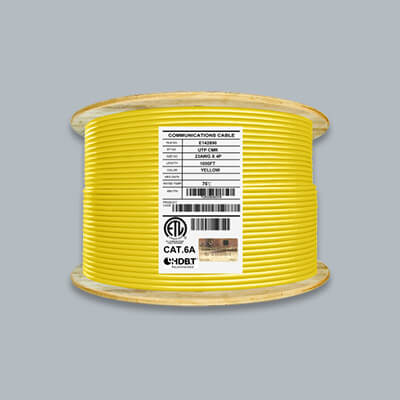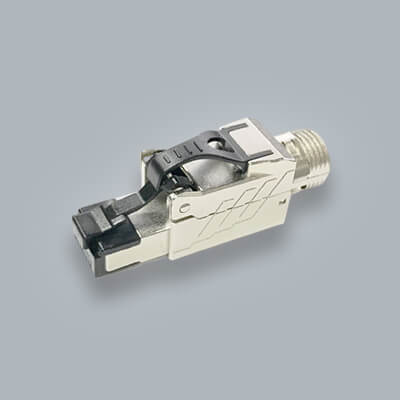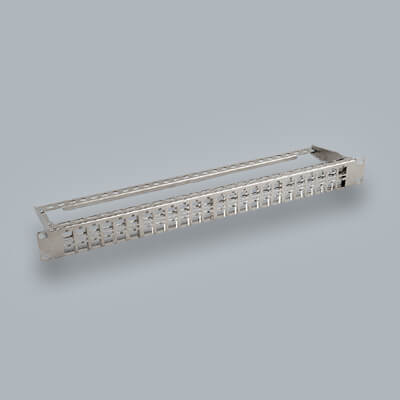Unmanaged vs Managed Switch: Explained
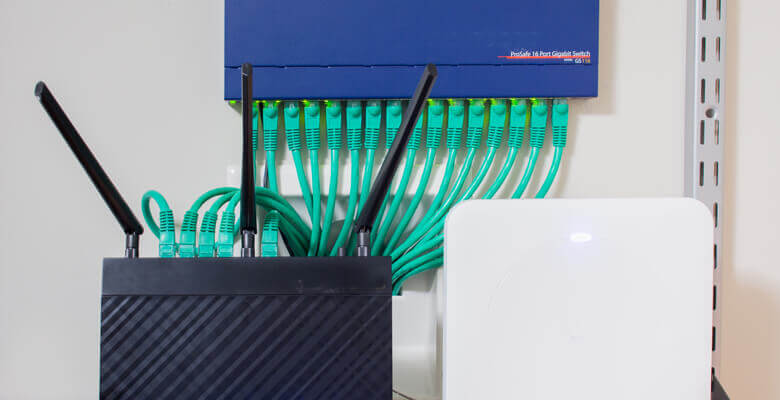
Switches are some of the most used products in networking. Thousands of networks around the world rely on them to transmit data to many different devices. They are considered to be a crucial device in network's which makes choosing the correct one that much more important. looking through different kinds of switches you'll come across different types such as unmanaged and managed switches. Both of these types of hardware perform that same function at its core. Which for switches is to connect many different devices to a LAN (Local Area Network). There is however some differences between the two type and in this article we will go over unmanaged vs managed switch.
The Basics of Switches
Let's first briefly go over the basics of a switch. When your home or business setup needs additional Ethernet ports for your LAN you can look to a switch. The switch will do the job of adding additional ports to your network giving you more options for wired connections. This can include your computer, gaming system, printers or anything that is capable of an ethernet connection. For an in depth article on what exactly is a switch head on over to What is a network switch?
What Is An Unmanaged Switch?
If you're ever used a switch before it's most likely that you used an unmanaged switch. Unmanaged are the simplest form of switch in that they are plug and play with your ethernet cables. You can plug your cable directly into the switch and it will auto detect your connection. There is no need for any management, configuration or even up keep on the device. With an unmanaged switch being simple in function they are often the cheapest of the two types. Theses types of switches are built with a standard setup which can not be changed. So any type of customization would have to be done on a managed switch. You will also see LED or light indicators on the switch which will help guide you in what is working properly. Depending on the size of your setup you can easily mount these in your networking enclosure or on a rack. With the limited amount of function they are recommend for anyone who wants a quick connection and has no need for any further configuration on bandwidth or paths. Perfect for smaller and personal network you might find in your home or office.
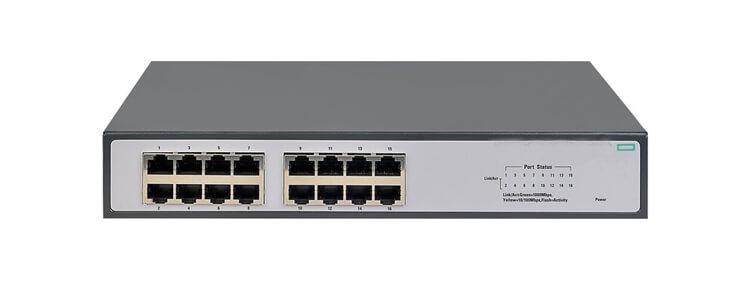
What Is A Managed Switch
If you're looking for more control of your network this is the the type of device you want. Even though unmanaged switches create a simpler solution for everyone they lack the customization that is needed for anyone wanting to maximize performance and safety. A managed switch is a type of switch that connectors networking devices to others while giving the admin more control over the setup. Even though some of this setup is technical they can be used for small or large networks. Managed switches can give you the control over the data that is running on the network and security setting on that data. It does this through a protocol called SNMP (Simple Network Management Protocol) which is a standard for collecting and organizing information on manages devices on IP networks. With this control of your data you can better understand the performance of your network and if there is any bottlenecks. Most of the time SNMP will be presented on a graphical interface which make it easy to understand. Another favorable advantage of managed vs unmanaged switch is that you can remote access your connected devices. This is very important for larger scale enterprises who want to manage their network at all times. Even for smaller individual networks this is a great feature should you want access when you are away.
With all these capabilities its important to understand that this can come with more of a learning curve compared to unmanaged switches. Deepening on the device you choose setups should be different and they each might even have more functions than the other. When choosing a managed switch decide on what functions are important to you and that will help you choose through the many different models.
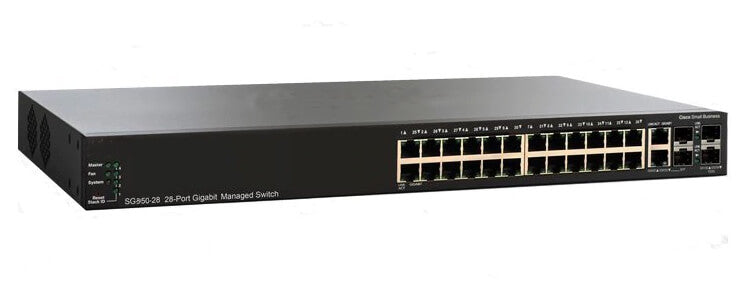
Difference Between Unmanaged vs Managed Switch
Let's summarize the different between an unmanaged vs managed switch:
Unmanaged
- Connect multiple devices on a network Local Area Network (LAN)
- Plug and Play
- Minimal control over functions
- Standard configuration
- May have graphical interface
- Perfect for someone non technical
- Suitable for small or large networks in home or business
- Often cheaper in price than managed switches
Managed
- Connect multiple devices on a network (LAN, WAN, VLAN)
- More control over functions and settings
- For technical configuration
- May have graphical interface
- More technical knowledge will be required to operate
- Suitable for small or large business / homes and enterprise levels
- Often more expensive
Networking Switch Compatible cables
Looking to set up a switch in your home or business? Browse through our many different Bulk Networking Cables for any installation scenario. Shop our large selection of patch cables which give you pre-made options for short runs.
Conclusion
The decision of whether to choose an unmanaged vs managed Switch comes down to a couple different factors. If you've got a smaller more personal network it might make more sense to go with a unmanaged switch. If extra ethernet ports are all you really need then this is a great option. Unmanaged switches give you the benefits of plug and play which is very convenient for a smaller LAN. If you decide that you want more control over your settings than a managed switch is the way to go. This gives you additional benefits with data flow and security. You can control options such as bandwidth and security which is a nice feature. Managed switches do have more of a learning curve and require technical knowledge. They are often the choice for businesses but technology savvy can take advantage of their features in their personal networks.
